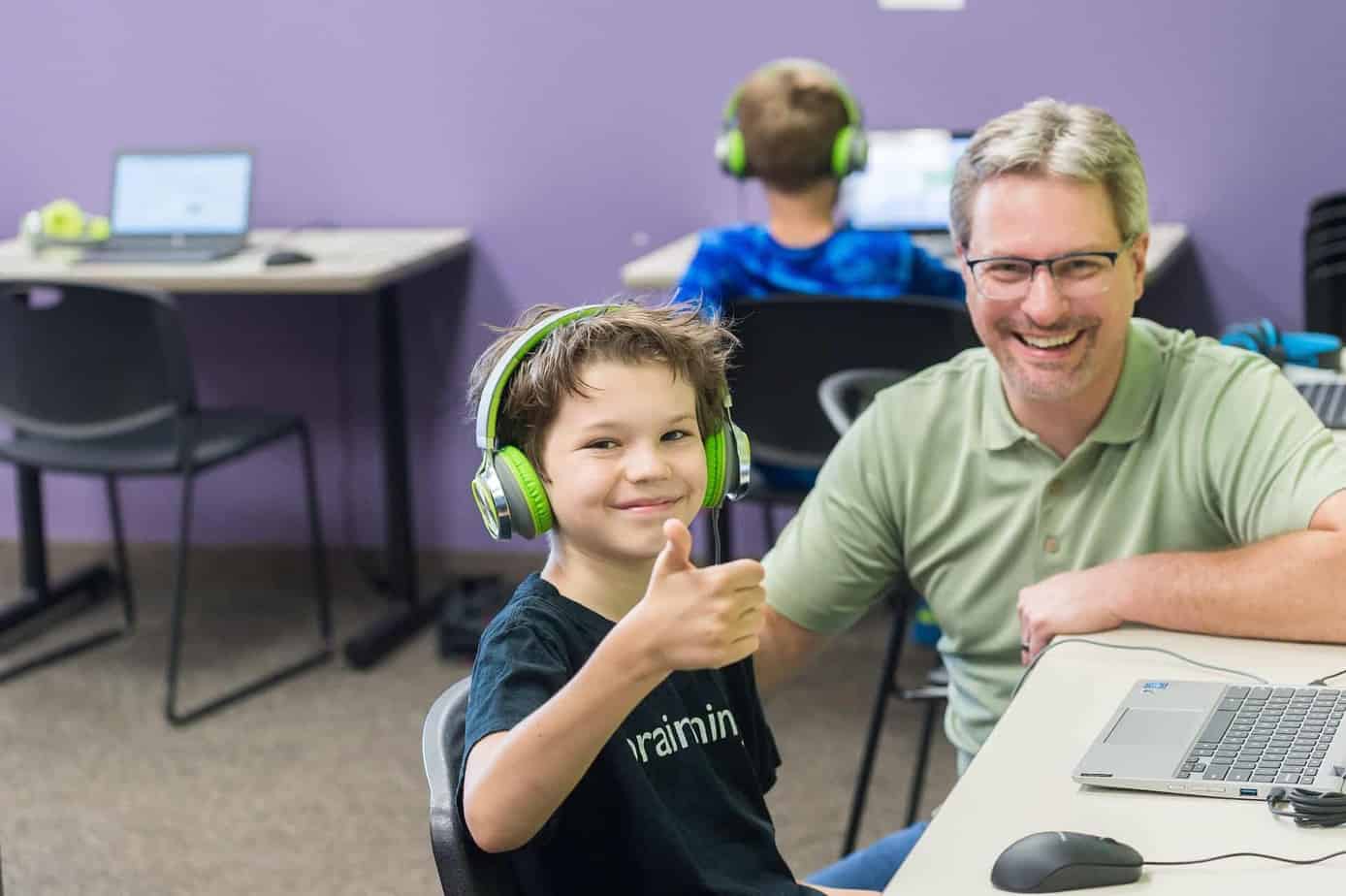What the Brain Does When It’s Stressed
We can’t learn, focus, or reason well when we’re stressed. And it’s not simply a matter of overwhelm; there are real, biological and chemical changes that happen in your body that make learning physiologically impossible when your brain is in a state of stress. Understanding this is CRITICAL for helping struggling learners in particular, but these insights are so helpful for all of us to understand the why behind certain behaviors and habits in our kids and ourselves.
Learning Struggles are a Source of Chronic Stress
Whether it’s a weakness is memory, attention, logic, reading, math, or any other area of learning, deficits in learning skills are a constant strain on your child (and even on adults, too). Research shows that the effects of learning struggles mimic both chronic stress and acute trauma on the brain. The same fight-flight-freeze response you have to physical danger occurs during moments of learning when there is a block of any sort. Whether it’s a diagnosed learning disability or a struggle in one or more areas, the effects on the brain are similar. Here’s what happens…
How Your Brain Keeps You Safe
Your brain is made to protect you. It has an innate threat response system that uses your senses to bring in information about the safety of the environment around us and within us. If there is anything that creates a sense of being unsafe—whether it’s real or perceived—your threat response system kicks into gear.
The Brain’s Watchdog
When a threat is perceived, whether or not it’s a true threat to your safety, the brain begins a progression of changes. First, the amygdala (your brain’s watchdog) kicks in and triggers a cascade of stress hormones that course throughout your body. These are things like cortisol and adrenaline, which are essential for short bursts of energy and survival from physical threats. This is what sends your brain (and body) into survival mode.
In this same response, your amygdala (which is the emotion center of your brain) kicks out the prefrontal cortex and takes the lead of your brain’s functioning during this threat response time. This phenomenon, sometimes called the amygdala hijack or emotion flooding, shuts down your prefrontal cortex and leaves emotions as the primary driver of your brain for a time.
This means that without your prefrontal cortex running the show, reasoning, problem-solving, and rational thinking go out the window. Instead, strong emotions like fear or anger take over.
Fight, Flight, or Freeze: Your Brain’s Survival Techniques
Your brain’s “survival mode” can fall into one of three main categories: fight, flight or freeze. Within each of these, your brain is functioning emotionally rather than rationally, but it cannot be “reasoned” back into submission until the perceived threat has passed.
On the outside during this threat response, you’ll feel things like muscle tension, increased heart rate, sweating, or your hair standing on end, but that’s not the end of its physical effects. One big thing that happens is that the middle ear adjusts to the perceived threat by focusing only on low frequency sounds—not language.
What this means is that while we are in fight, flight, or freeze mode, we don’t hear clearly what other people are saying to us. This phenomenon (auditory exclusion) is crucial to understand as parents. If your child is stressed and they seem to be ignoring you when you’re talking to them in that state, it’s not that they’re being disrespectful or lazy. They physiologically can’t problem-solve or hear language accurately.
What Does This Stress Response Look Like in Kids?
As adults, most of us can name when we feel like we’re in fight, flight, or freeze mode. However, kids do not have that luxury. Sometimes as parents or teachers, we need to put the pieces together to realize what is happening.
Fight mode in kids may look like:
- Yelling
- Using mean words
- Throwing objects
- Temper tantrums
Flight mode in kids may look like:
- Hyperactivity
- Lack of focus
- Inattention
- Easy distractibility
Freeze mode in kids may look like:
- Zoning out
- Shutting down
- Excessive yawning and exhaustion
- Saying “I don’t know” to any and all questions
So What Do You Do When the Brain is Stressed?
Reasoning your child out of a stress response is not going to happen. Instead, over time, it’s critical that you expand your child’s capacity for handling stress and bouncing back from it. We share some tips to do that in this blog post!
Above all, making sure your child’s brain can efficiently process the world around them is one of the biggest things you can do to alleviate this stress cascade and open up easier learning for them. We’d love the chance to talk with you more about what this looks like. Click here to contact us today!







